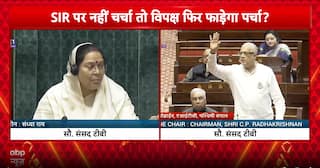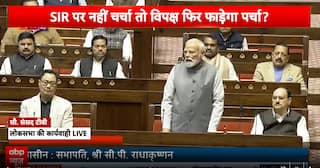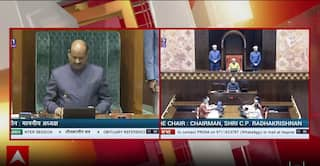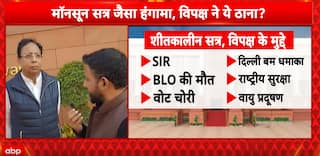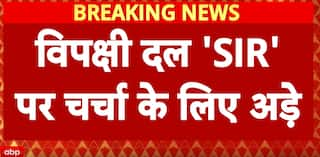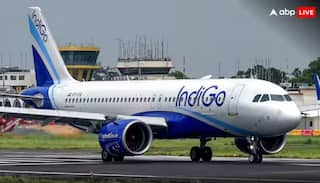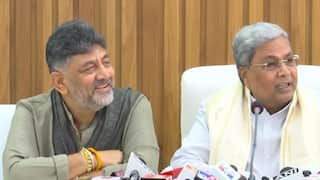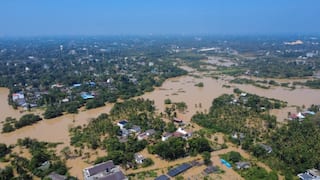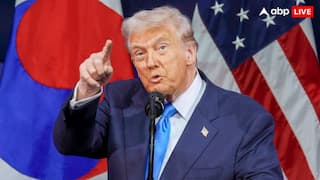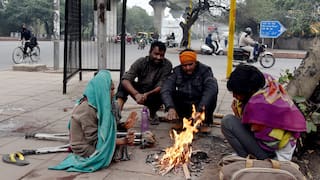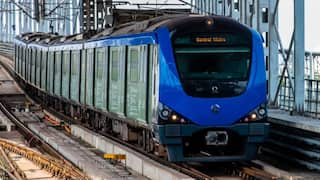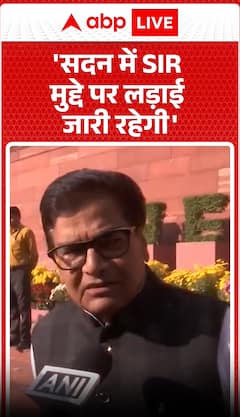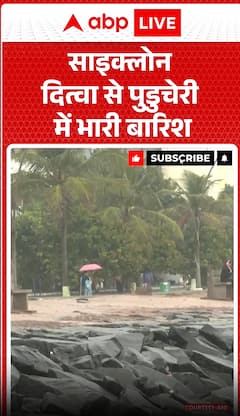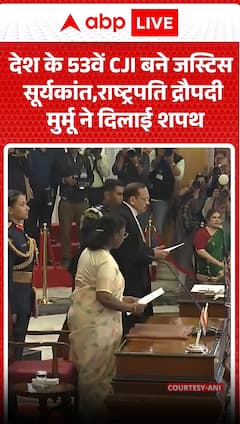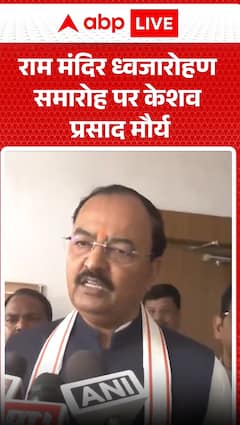Explorer
Will Modi risk an early poll?
With Shinzo Abe advancing polls by a year in Japan and Narendra Modi launching Rs 16,326 crore Saubhagya scheme, speculation is rife whether he would call for an early Lok Sabha election in November 2018 along with Assembly elections in Madhya Pradesh, Rajasthan and Chhattisgarh?

PM Narendra Modi (Photo: PTI/File)
With Shinzo Abe advancing polls by a year in Japan and Narendra Modi launching Rs 16,326 crore Saubhagya scheme, speculation is rife whether he would call for an early Lok Sabha election in November 2018 along with Assembly elections in Madhya Pradesh, Rajasthan and Chhattisgarh?
Abe has several compelling reasons, ranging from popular ratings, robust economy, personal desire to be Japan’s longest serving Prime Minister to addressing the country’s influential aging population’s concern over North Korea.
But in India, the economy is showing signs of sluggishness and for the first time since May 2014, the youth seem to be getting a bit disillusioned due to the lack of jobs. In such a scenario, is it prudent for Prime Minister Narendra Modi and the BJP to toy with the idea of early polls?
Even a cursory look at the political situation of Madhya Pradesh, Rajasthan and Chhattisgarh will show that the ground realities are drastically different from the electoral successes of Shivraj Singh Chouhan, Vasundhara Raje Scindia and Raman Singh. Both Chouhan and Raman Singh draw strength from opposition Congress’s leadership crisis. In Chhattisgarh’s 2013 Assembly elections, the BJP won 10 seats more than the Congress, but its vote share was a mere 0.77% more than that of the Congress.
Chouhan’s popularity ratings are falling constantly in the wake of the VYAPAM scam, Mandsaur farmers agitation and allegations of corruption. BJP insiders too admit that the moment Congress names Jyotiraditya Scindia as chief ministerial candidate, Chouhan will start facing stiff opposition. In Rajasthan, the Congress under the leadership of Sachin Pilot is working as a well-oiled political machine.
Out of 65 Lok Sabha constituencies from these three States, the BJP currently holds 61 seats. Any sharp decline on account of poor showing of the State leadership may deprive the BJP of some crucial Lok Sabha seats from Madhya Pradesh, Rajasthan and Chhattisgarh. Given Prime Modi's style of functioning, running a coalition based on 200-odd BJP seats would not only be tough but fraught with all sorts of dangers.
The BJP may have reasons for being dismissive about Rahul Gandhi. At the same time, it cannot be denied that the ruling party has started taking note of his utterances. BJP president Amit Shah’s criticism of Rahul at the party’s September 25 national executive meeting indicates that the AICC vice-president has the potential of staying politically relevant.
In terms of strategy, too, Rahul seems working on a high-risk, high-reward formula. While the strategy is risky, it is hitting where it hurts most. An all-out attack on the economy, Modi Government’s supposed calling card, is a daring act. Rahul seems convinced by Manmohan Singh’s inputs that rural distress and paucity of jobs are incurable. The young Gandhi is, therefore, pointing at the slowing of the economy since 2016.
Rahul is perhaps hoping that by the time a general election is held in 2018 or 2019, the Congress would be in a position to repeat its success in puncturing the BJP’s 2004 ‘India Shining’ moment when Atal Bihari Vajpayee and his Government were vilified for being out of touch with the aam admi.
Vajpayee was convinced into bringing the 2004 election forward with many top BJP leaders arguing that the economy was doing well and the party was in an advantageous position.
The ‘India Shining’ campaign was high media blitz showcasing improved India-Pakistan relations, the buoyant economy and mega projects such as the Golden Quadrilateral to empathise the point that the BJP and Vajpayee should be given another chance to make India a ‘global superpower.’
Two days before May 14, 2004, when the Lok Sabha results were to declared, Anil Ambani of undivided Reliance had called on Sonia Gandhi. Ambani’s presence at 10, Janpath when results were yet to be announced, created a stir of sorts and at 11, Ashoka Road, a BJP general secretary was heard informally telling that the Ambanis’ gut feeling seldom goes wrong.
By the time results were announced on May 14, 2004, Vajpayee, who was watching television with a stoic silence, gave a hard look at Pramod Mahajan, Venkaiah Naidu, Sushma Swaraj and few others who had advised him that, he (Vajpayee) riding on 50-plus approval ratings, was pitted against a ‘question mark’ (absence of credible opposition leader).
Rasheed Kidwai is the Associate Editor with The Telegraph. His Twitter handle is @rasheedkidwai
Disclaimer: The opinions, beliefs and views expressed by the various authors and forum participants on this website are personal and do not reflect the opinions, beliefs and views of ABP News Network Pvt Ltd.
Follow Blog News on ABP Live for more latest stories and trending topics. Watch breaking news and top headlines online on ABP News LIVE TV
View More
Advertisement
Advertisement
Advertisement








